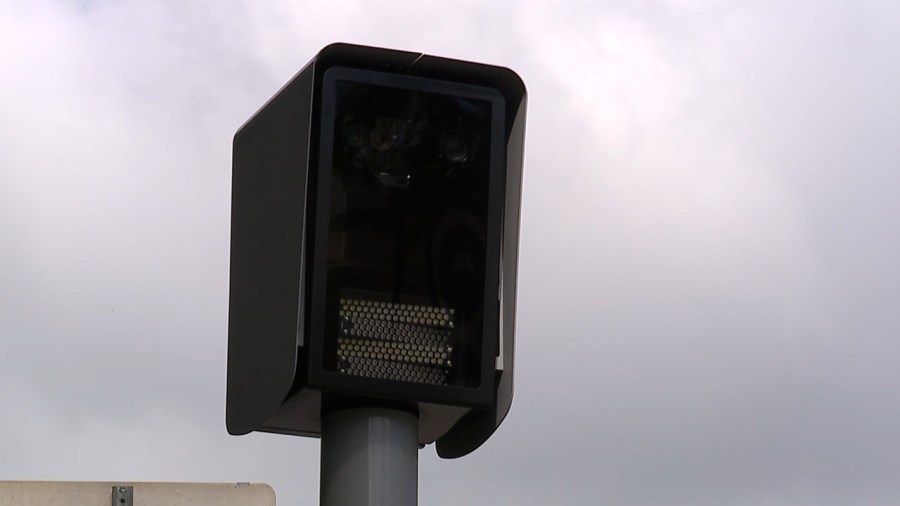HONOLULU (KHON2) — For the last eight months, the Red Light and Speed Camera pilot project has been watching – and warning.
The system, launched at 10 intersections on Oahu, aimed to catch drivers running red lights or speeding through the intersections, is now about to shift gears.
During the pilot, more than 30,000 warnings were issued every week. But the Hawaii Department of Transportation says that phase is ending at the end of October, meaning drivers will get a citation in the mail instead of a warning.
“Although the numbers of warnings sound really high right now, they’ve come down tremendously since the time we started. So I appreciate the public, appreciate the adjustments in the attitude driving through those areas, and hope to see that adjustment continue as we go into the citation period,” said Ed Sniffen, DOT Director.
The DOT partnered with Verra Mobility to operate the system. Cameras capture vehicles running red lights or speeding over the posted speed limit. The footage is reviewed, and if confirmed, a $250 citation is mailed to the vehicle owner.
While the DOT says the system is ready to issue fines starting Nov. 1, both the Honolulu Police Department and the Judiciary admit they’re not entirely sure how many tickets will be coming their way.
“We do anticipate a significant amount of increase in the citations, we just don’t know how much. Depending on what that looks like, we’ll increase our staffing to accommodate the vetting process that goes on,” said HPD Major Paul Okamoto.
In a statement, the Judiciary said it “remains committed to expeditiously addressing each case and providing those who wish to contest a citation an opportunity to be heard. The Judiciary continues discussions with the Hawaii Department of Transportation on how to best manage the anticipated increase in citations.”
The DOT says one of the next steps is to determine whether to prioritize red light violations or speeders, especially at high-risk intersections like Likelike and Schools Streets.
“If they’re running red lights and they’re speeding at the same time or trying to gun it through an intersection, that’s definitely high risk. So we’re trying to see which activities we should be targeting first, and then adjusting from there,” said Sniffen.
The DOT says the long-term goal isn’t to make money, but to make the roads safer.
